Introduction
Lotus root, also known as lotus rhizome or renkon in Japanese, is a versatile and nutritious ingredient widely used in Asian cuisines. Its crisp texture and mild, slightly sweet flavor make it a favorite in stir-fries, soups, salads, and desserts. However, preserving lotus root can be challenging due to its perishable nature. Proper storage is crucial to retain its freshness, texture, and flavor. This comprehensive guide will walk you through various methods of preserving lotus root, from short-term refrigeration to long-term preservation techniques such as freezing, drying, and pickling. By following these steps, you can ensure that your lotus root remains in optimal condition for future use.
Understanding Lotus Root
Before diving into preservation methods, it’s essential to understand the basic characteristics of lotus root. The plant grows in shallow water and produces a long, cylindrical rhizome with nodes and holes running through its length. These holes are a distinctive feature and contribute to its unique texture when cooked. Fresh lotus root has a crisp, juicy texture and a slightly sweet taste. However, it is highly perishable and prone to spoilage if not stored correctly.
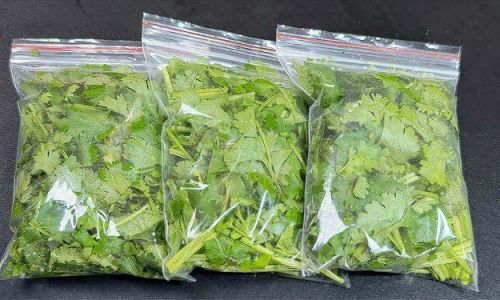
Short-Term Preservation: Refrigeration
For short-term storage, refrigeration is the simplest and most effective method. Here’s how to do it:
-
Selection and Preparation:
- Choose firm, unblemished lotus roots with no signs of softening or mold.
- Rinse the lotus root under cold running water to remove any dirt or debris.
- Peel the outer layer using a vegetable peeler or sharp knife. The outer skin can be tough and bitter.
-
Wrapping:
- Once peeled, cut the lotus root into desired pieces or slices, depending on your recipe needs.
- Wrap the pieces tightly in plastic wrap or place them in an airtight container. This prevents moisture loss and exposure to air, which can cause spoilage.
-
Refrigeration:
- Place the wrapped lotus root in the refrigerator’s crisper drawer, where humidity is higher and temperatures are more stable.
- Fresh lotus root can be stored in the refrigerator for up to a week. However, it’s best used within 3-4 days to maintain optimal freshness and texture.
-
Monitoring:
Regularly check the lotus root for signs of spoilage, such as discoloration, softening, or mold. If any of these signs appear, discard the lotus root immediately.
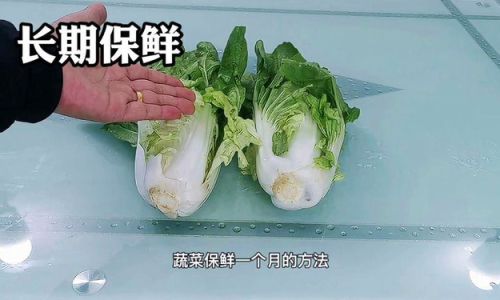
Medium-Term Preservation: Freezing
For longer-term storage, freezing is a reliable option. Freezing preserves the texture and flavor of lotus root for several months. Here’s a step-by-step guide:
-
Preparation:
- Follow the same selection and preparation steps as for refrigeration.
- Peel and slice the lotus root into uniform pieces to ensure even freezing and thawing.
-
Blanching:
- Blanching helps to destroy enzymes that can cause spoilage and preserves the color and texture of the lotus root.
- Bring a large pot of water to a rolling boil.
- Add the lotus root slices and blanch for 2-3 minutes. This step is crucial; over-blanching can make the lotus root too soft upon thawing.
- Immediately plunge the blanched lotus root into an ice water bath to stop the cooking process. This helps to retain the crispness.
-
Drying:
Pat the lotus root slices dry using paper towels or a clean kitchen cloth. Removing excess moisture will prevent freezer burn.
-
Freezing:
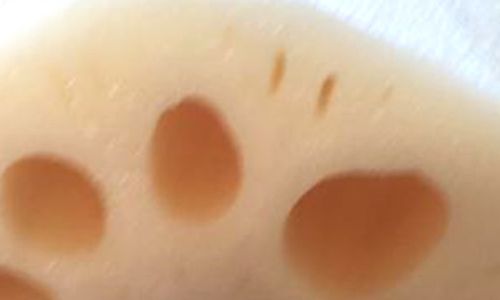
- Arrange the lotus root slices in a single layer on a baking sheet lined with parchment paper. This ensures that the pieces freeze individually and don’t stick together.
- Place the baking sheet in the freezer for 2-3 hours until the lotus root slices are frozen solid.
- Once frozen, transfer the slices to an airtight freezer bag or container. Label the bag with the date and contents.
-
Storage:
Store the frozen lotus root in the freezer for up to 6 months. For best results, use within 3-4 months to maintain optimal texture and flavor.
-
Thawing:
When ready to use, thaw the lotus root in the refrigerator overnight. Alternatively, you can thaw it under cold running water for a quicker process, but avoid using hot water as it can compromise the texture.
Long-Term Preservation: Drying
Drying lotus root is a traditional method of preservation that extends its shelf life significantly. Dried lotus root can be stored for months or even years if kept in a cool, dry place. Here’s how to dry lotus root:
-
Preparation:

Select and prepare the lotus root as described earlier. Peel and slice it into thin, uniform pieces.
-
Soaking:
- Soak the sliced lotus root in a solution of water and a small amount of vinegar (about 1 tablespoon per quart of water). This helps to prevent browning.
- Soak for about 15-20 minutes, then drain and pat dry.
-
Drying Methods:
- Sun Drying: Arrange the slices on a clean, mesh tray or baking sheet. Place in direct sunlight for several days, turning occasionally until completely dry. This method is weather-dependent and may take several days to a week.
- Dehydrator: Use a food dehydrator set to a temperature of around 135°F (57°C). Spread the slices in a single layer on the dehydrator trays. Dehydrate for 6-12 hours, depending on the thickness and humidity levels.
- Oven Drying: Preheat your oven to its lowest setting, typically around 150°F (65°C). Spread the slices on baking sheets and place in the oven. Prop the oven door open slightly with a wooden spoon to allow moisture to escape. Dry for several hours, checking and turning the slices occasionally until they are completely dry.
-
Storing:
- Once dried, store the lotus root slices in an airtight container or jar. Place a desiccant packet inside to absorb any remaining moisture.
- Store the container in a cool, dark place, such as a pantry or cupboard. Dried lotus root can be stored for up to a year or longer.
-
Rehydrating:
To use, soak the dried lotus root slices in water for several hours or overnight until they are fully rehydrated. They can then be cooked as desired.

Preserving with Pickling
Pickling lotus root is another traditional method that adds a tangy, preserved flavor. Pickled lotus root can be enjoyed as a snack, added to salads, or used in cooking. Here’s how to pickle lotus root:
-
Preparation:
- Peel and slice the lotus root into thin rounds or matchsticks.
- Blanch the slices in boiling water for 2-3 minutes, then plunge into an ice water bath to stop the cooking process.
-
Pickling Solution:
- Combine vinegar (preferably rice vinegar for an authentic Asian flavor), sugar, salt, and water in a saucepan. The ratio can be adjusted to taste, but a common starting point is 1 cup vinegar, 1/2 cup sugar, 1 tablespoon salt, and 2 cups water.
- Heat the mixture until the sugar and salt are fully dissolved, then remove from heat and let it cool slightly.
-
Pickling:
- Pack the blanched lotus root slices into a clean, sterile jar.
- Pour the cooled pickling solution over the lotus root, ensuring that all pieces are fully submerged.
- Secure the jar with a lid and refrigerate. The pickled lotus root will need to sit for at least a week before the flavors fully develop. It can be stored in the refrigerator for several months.
Conclusion
Preserving lotus root requires careful handling and the right storage techniques to maintain its unique texture and flavor. Whether you choose refrigeration for short-term use, freezing for medium-term storage, drying or pickling for long-term preservation, each method offers a way to enjoy lotus root throughout the year. By following the steps outlined in this guide, you can ensure that your lotus root remains fresh, delicious, and ready to be incorporated into a variety of dishes. Happy cooking!

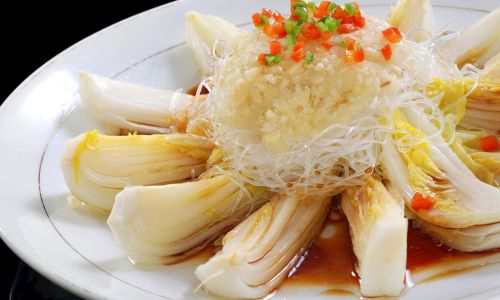

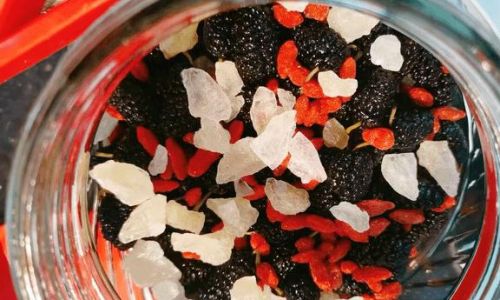


0 comments